Lap-See Lam’s giant dragon head and tail takes over the Nordic Pavilion at the Venice Biennale
Lap-See Lam takes over The Nordic Pavilion with a giant dragon head and tail, while her dynamically composed ‘Altersea Opera’ considers language and representation
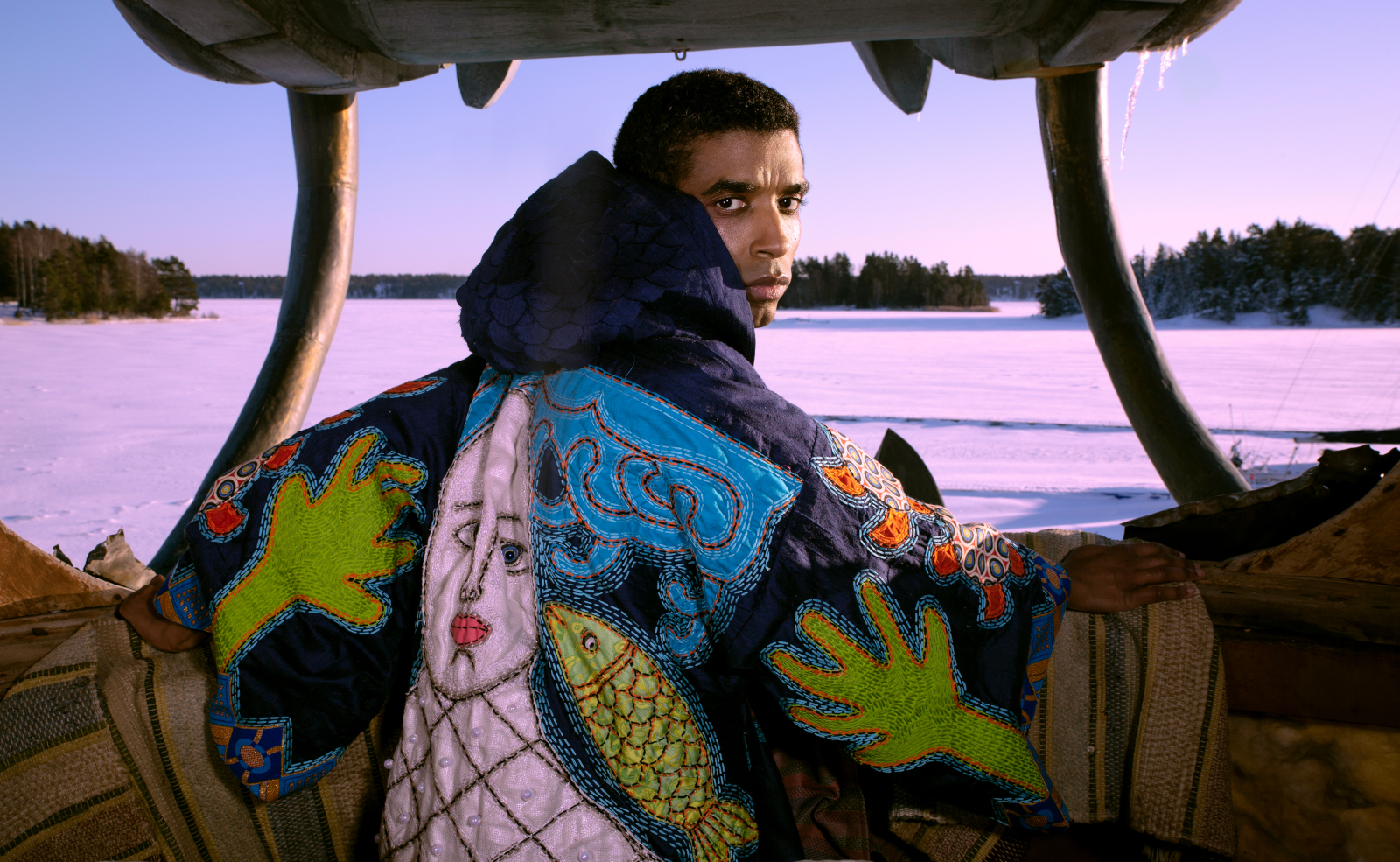
The Venice Biennale’s expressive pavilions encourage ambitious installations. Architect Sverre Fehn’s Nordic Pavilion was completed in 1962 in the Giardini, representing Norway, Sweden and Finland. The building features three towering Mediterranean hackberry trees growing through the roof; broad glass sliding panels across two of its sides; and thin concrete vaults on the ceiling that flood the space with natural light.
This year, artist Lap-See Lam is leading an especially bold exhibition, placing a huge bronze dragon’s head and tail outside and filling the interior space with a floor-to-ceiling grid of bamboo poles. This commanding installation plays host to her hour-long ‘The Altersea Opera’, created with composer Tze Yeung Ho, with LED screens showing pre-recorded performances and multiple speakers throughout the space.
Lap-See Lam presents 'The Altersea Opera'
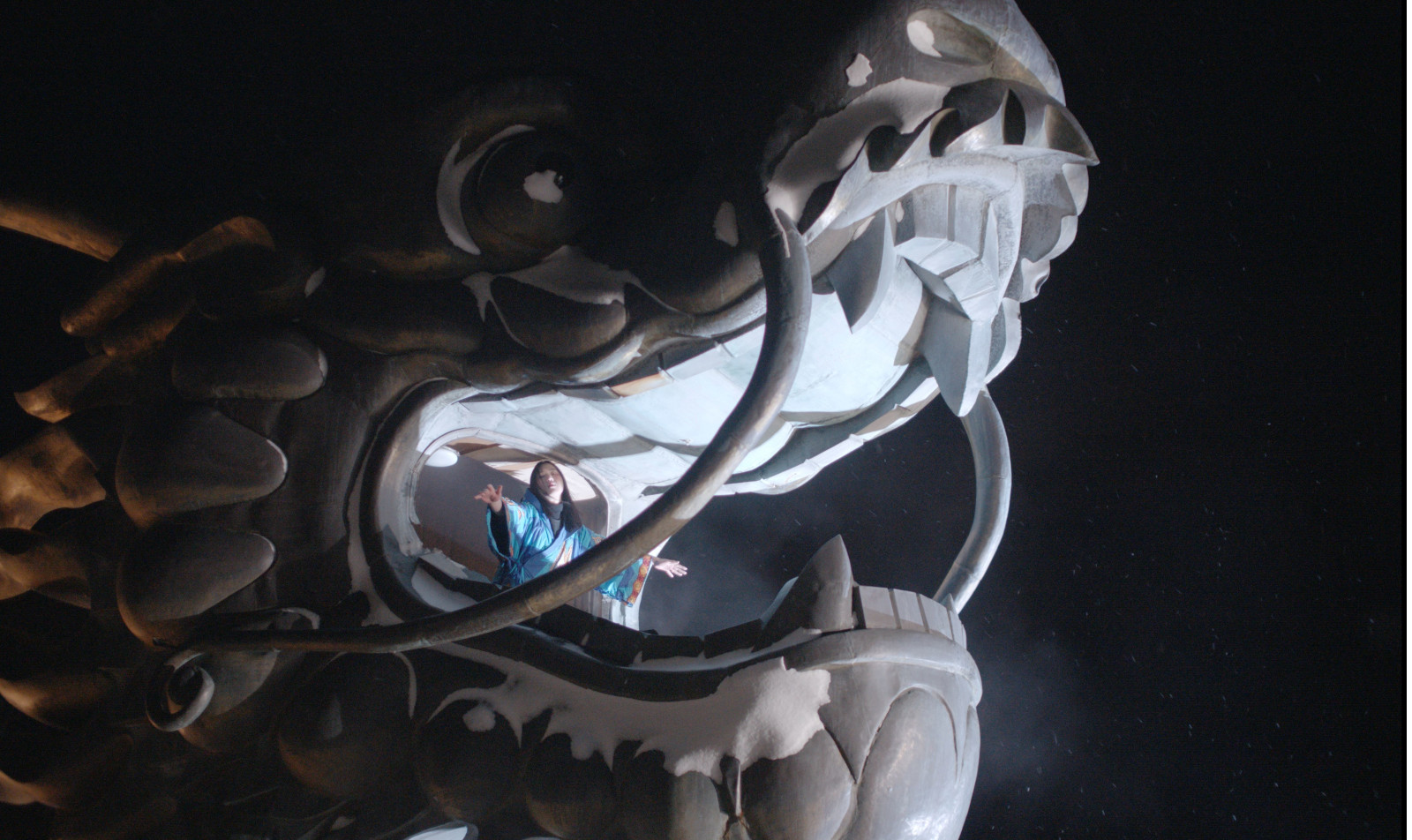
Lap-See Lam, “The Altersea Opera”., 2024 Film still: Lisabi Fridell, Egerstrand & Blund. Textile work. Courtesy Kholod Hawash.
Lam has a long-held interest in the 100-foot ship that originally bore the dragon’s head and tail. It was created in the 1990s in Shanghai, before travelling to Gothenburg where it hosted the ‘Sea Palace’ Chinese restaurant. Following the restaurant’s closure, the ship featured annually during Halloween as a haunted house within a run-down Stockholm amusement park. Lam first visited when it was dry docked in a shipyard, still baring its ghostly decorations.

Ivan Cheng as Future Lo Ting. Lap-See Lam, “The Altersea Opera”., 2024
She 3D scanned the ship, its head and tail – which by then had been removed from the main body – for ‘The Dreamers Quay’, her 2022 commission at Bonniers Kunsthalle in Stockholm. “In those works, I used the 3D scanned material in an ephemeral way,” she tells me, when we speak ahead of the pavilion opening. 'I used this idea of shadow play, bringing a contemporary spin to a traditional technique.' She followed this piece with ‘Tales of the Altersea’ at New York’s Swiss Institute in 2023, with a video and GCI installation drawing parallels between the closure of Chinese restaurants in Europe with the lives of Hong Kong-Chinese diaspora.
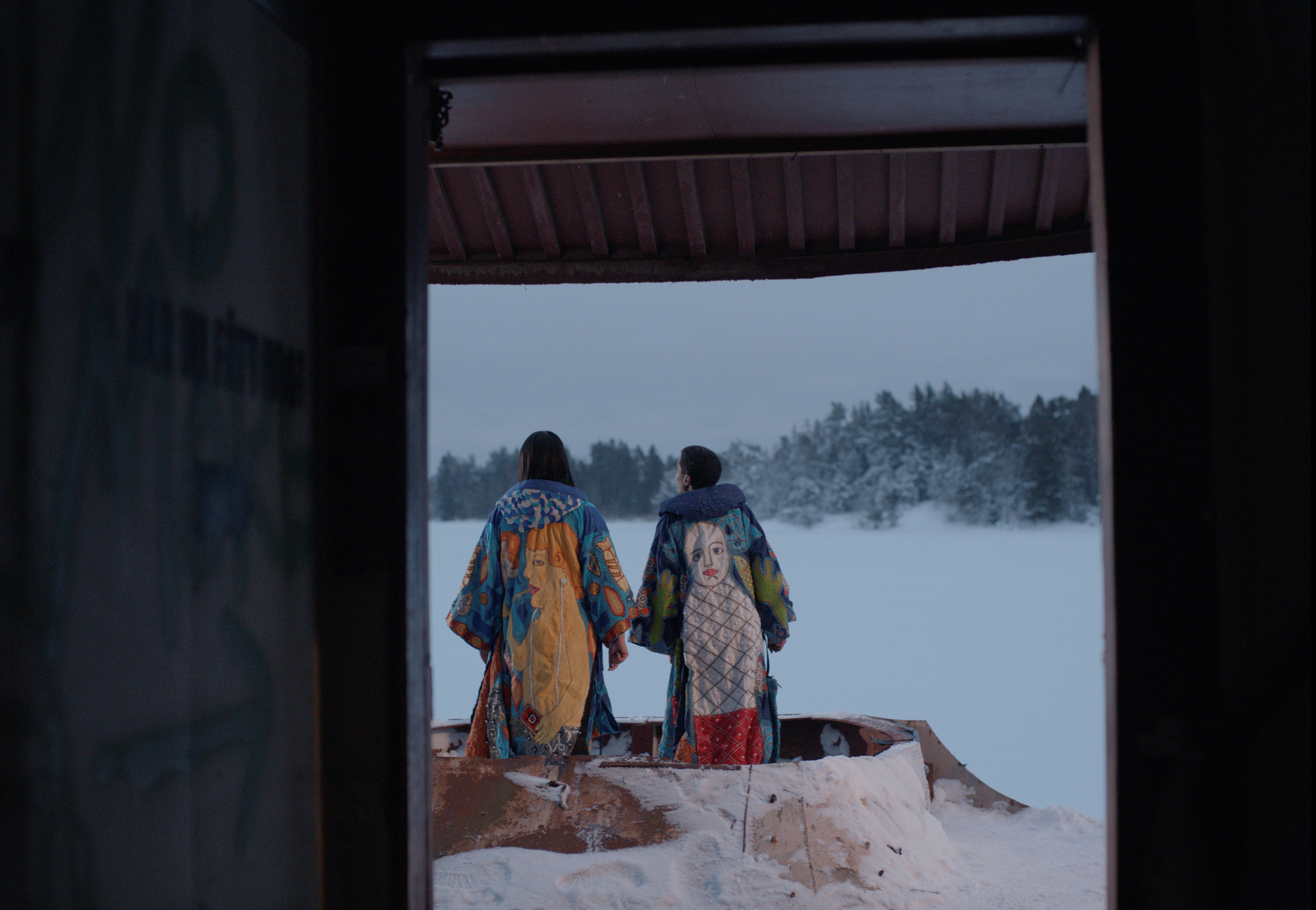
Lap-See Lam, “The Altersea Opera”., 2024 Film still: Lisabi Fridell, Egerstrand & Blund. Textile work. Courtesy of Kholod Hawash
'Now it feels like the circle has closed where we are bringing these elements of the real ship to the Nordic pavilion, creating an imaginary ship with this traditional bamboo scaffolding technique inside,' she says. ‘The Altersea Opera’ follows main character Lo Ting, a half-man, half-fish of Cantonese origin, who exists in two timeframes: past and future. When these parts eventually meet and return to Fragrant Harbour (a historic pseudonym for Hong Kong), they find it changed beyond recognition. 'We’re playing with this idea of transformation, of hybridity,' says Lam.

Lap-See Lam with dragon head made by Lu Guangzheng, for “The Altersea Opera”
The opera has been recorded twice in the body of the original ship; once when it was decorated as a haunted house, and once empty. These will play in the pavilion, highlighting the transformation of the ship through time, in parallel with the protagonist’s journey. The real head and tail of the ship, once bright bronze, are now faded, with signs of wear and tear. 'What is left of the history?' she questions. 'How do these objects and materials speak for their history when you experience them in a context like this?'
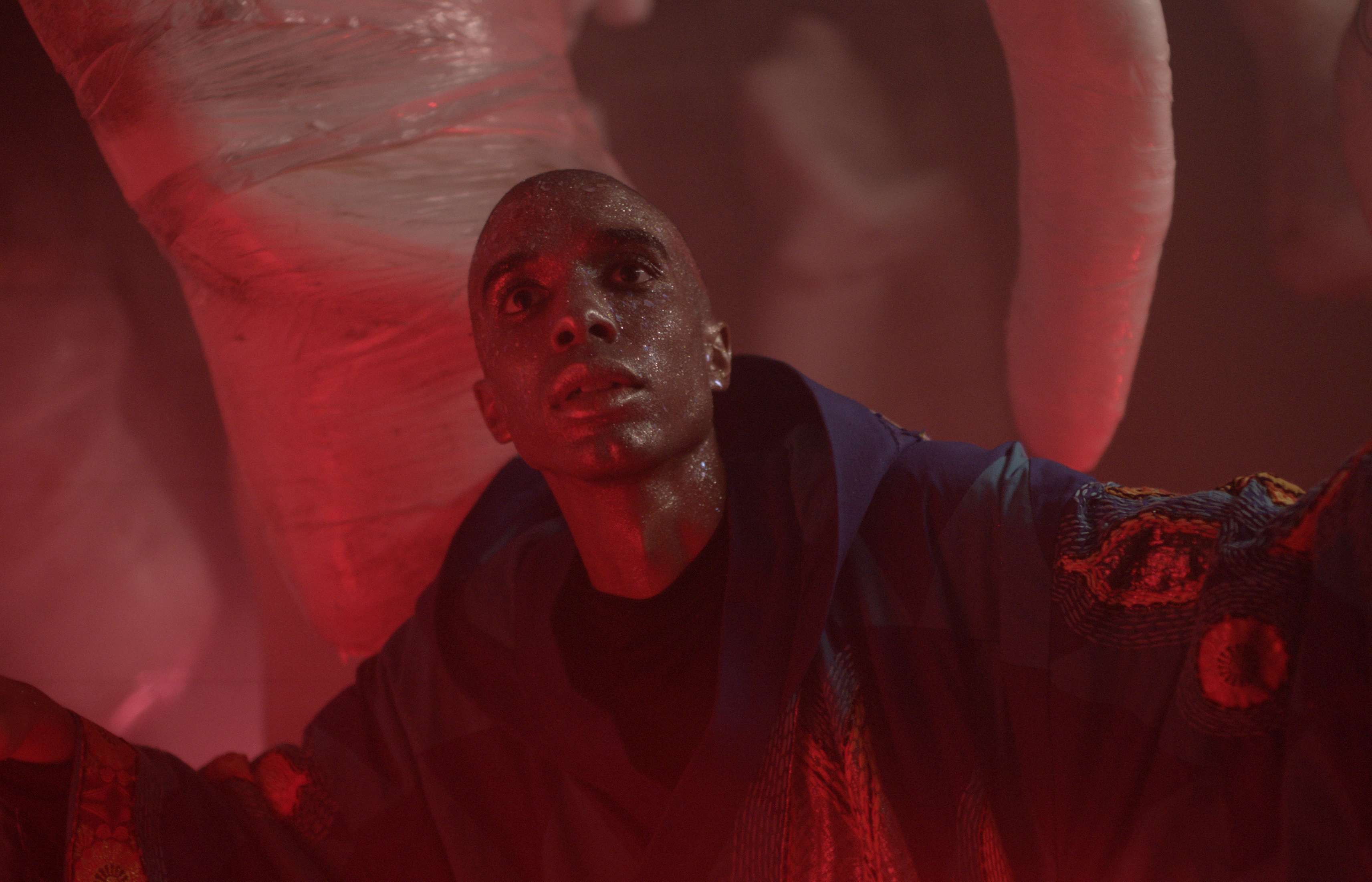
Lap-See Lam, “The Altersea Opera”., 2024 Film still: Lisabi Fridell and Egerstrand & Blund. Textile work © Kholod Hawash
There will also be one live performance of the opera in the pavilion, which will house a textile installation of the costumes by Kholod Hawash for the rest of the time. 'We’re a full ensemble of people from different fields, says Lam of the highly collaborative project, which is curated by Moderna Museet’s Asrin Haidari. 'Everything from opera to amateur singers, performance artists and pop musicians, who become very important parts of this work.'
Receive our daily digest of inspiration, escapism and design stories from around the world direct to your inbox.

Textile work (detail), “The Altersea Opera”., 2024 Textile work © Kholod Hawash
While this is a thought-provoking piece, Lam encourages an intuitive response. 'I want the work to be evocative on an emotional level,' she says. 'The work has so many layers and questions around language and representation.' Its design certainly conjures feelings of displacement and belonging, launching the viewer in an uncertain state, where giant trees burst through the centre of a concrete building; glass walls blur typical distinctions between indoors and outdoors; and a gigantic ship seems to float on dry land.
Emily Steer is a London-based culture journalist and former editor of Elephant. She has written for titles including AnOther, BBC Culture, the Financial Times, and Frieze.
-
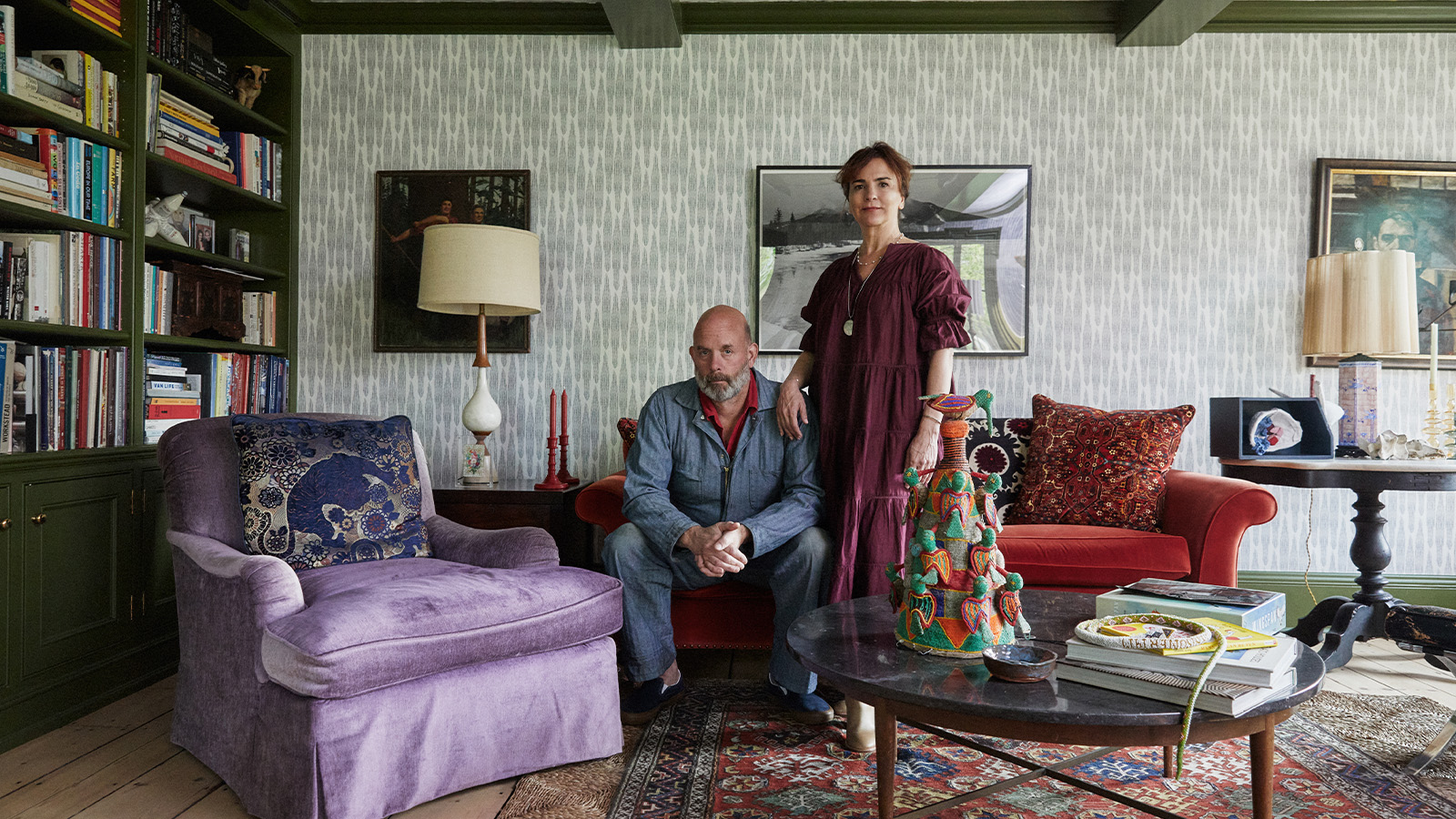 How We Host: Interior designer Heide Hendricks shows us how to throw the ultimate farmhouse fête
How We Host: Interior designer Heide Hendricks shows us how to throw the ultimate farmhouse fêteThe designer, one half of the American design firm Hendricks Churchill, delves into the art of entertaining – from pasta to playlists
-
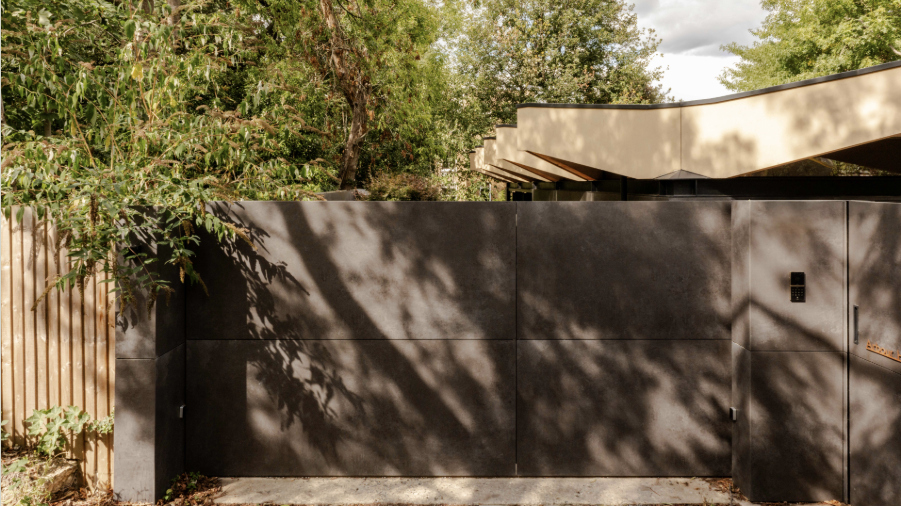 Arbour House is a north London home that lies low but punches high
Arbour House is a north London home that lies low but punches highArbour House by Andrei Saltykov is a low-lying Crouch End home with a striking roof structure that sets it apart
-
 25 of the best beauty launches of 2025, from transformative skincare to offbeat scents
25 of the best beauty launches of 2025, from transformative skincare to offbeat scentsWallpaper* beauty editor Mary Cleary selects her beauty highlights of the year, spanning skincare, fragrance, hair and body care, make-up and wellness